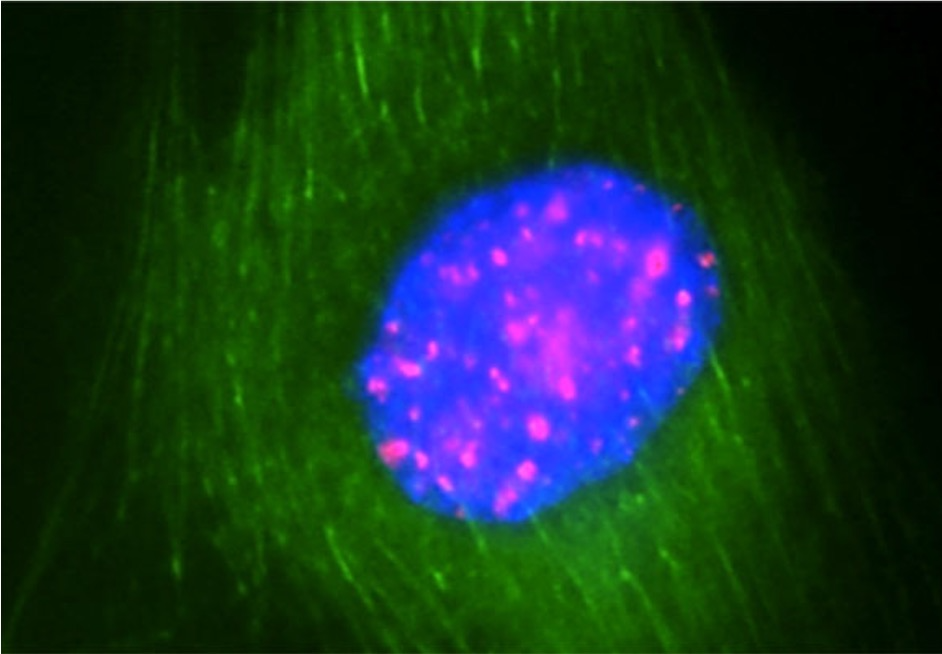Optimisation of anaerobic digestion of pot ale after thermochemical pre-treatment through Response Surface Methodology. Gunes, B; Stokes, J; Davis, P; Connolly, C; Lawler, J. Biomass and Bioenergy 2021
Plasmas are exploited for applications in biomedicine, for example in sterilisation, tackling antimicrobial resistance and new cancer therapeutics.

https://ieeexplore.ieee.org/abstract/document/6894576: A.M. Hirst et al. IEEE Trans. Plasma Sci. 42(10) 2740 (2004) doi: 10.1109/TPS.2014.2351453.
About the Research Area
The main motivation of LTPS for biomedical applications stems from their ability to generate and deliver reactive atomic and molecular species (both long- and short-lived), along with other active components such as UV, charged particles, and electric fields, under ambient conditions to a target. LTPs can stimulate specific biological responses, this is not only, but at least significantly due to the fact that low temperature plasma generated Reactive Oxygen Nitrogen Species (RONS) are the same as the RONS produced endogenously in the human body. They mediate many physiological processes, such as cell-to-cell signalling, immune response, wound healing and cell death processes, so therefore the plasma produced species are expected to mimic the functions of their native counterparts. Many existing clinical therapies already rely on these. The advantage of LTPs is that they directly and simultaneously produce these components offering unique synergies capable of stimulating specific biological responses. Our research involves understanding the plasma driven mechanisms of action and engineering controllable plasma delivery strategies.
Biomedical Plasmas Publications
Helium metastable species generation in atmospheric pressure RF plasma jets driven by tailored voltage waveforms in mixtures of He and N2. Korolov, I; Leimkühler, M; Böke, M; Donkó, Z; Schulz-Von Der Gathen, V; Bischoff, L; Hübner, G; Hartmann, P; Gans, T; Liu, Y; Mussenbrock, T; Schulze, J. Journal of Physics D: Applied Physics 2020
The formation of atomic oxygen and hydrogen in atmospheric pressure plasmas containing humidity: Picosecond two-photon absorption laser induced fluorescence and numerical simulations. Schröter, S; Bredin, J; Gibson, A.R; West, A; Dedrick, J.P; Wagenaars, E; Niemi, K; Gans, T; O’Connell, D. Plasma Sources Science and Technology 2020
Review of recent research trends in assistive technologies for rehabilitation. Aqel, M.O.A; Brabazon, D; Issa, A; Elsharif, A.A; Ghaben, S; Alajerami, Y.S.M; Khalaf, H; Alrayyes, T; Bratanov, D; Debeljak, M. Proceedings – 2019 International Conference on Promising Electronic Technologies, ICPET 2019 2019
Corrigendum: Concepts and characteristics of the ‘COST Reference Microplasma Jet’ (Journal of Physics D: Applied Physics (2016) 49 (084003) DOI: 10.1088/0022-3727/49/8/084003). Golda, J; Held, J; Redeker, B; Konkowski, M; Beijer, P; Sobota, A; Kroesen, G; Braithwaite, N.S.J; Reuter, S; Turner, M.M; Gans, T; O’Connell, D; Schulz-Von Der Gathen, V. Journal of Physics D: Applied Physics 2019
Chemical kinetics in an atmospheric pressure helium plasma containing humidity. Schröter, S; Wijaikhum, A; Gibson, A.R; West, A; Davies, H.L; Minesi, N; Dedrick, J; Wagenaars, E; De Oliveira, N; Nahon, L; Kushner, M.J; Booth, J.-P; Niemi, K; Gans, T; O’Connell, D. Physical Chemistry Chemical Physics 2018